- Home
- Articles
- Architectural Portfolio
- Architectral Presentation
- Inspirational Stories
- Architecture News
- Visualization
- BIM Industry
- Facade Design
- Parametric Design
- Career
- Landscape Architecture
- Construction
- Artificial Intelligence
- Sketching
- Design Softwares
- Diagrams
- Writing
- Architectural Tips
- Sustainability
- Courses
- Concept
- Technology
- History & Heritage
- Future of Architecture
- Guides & How-To
- Art & Culture
- Projects
- Interior Design
- Competitions
- Jobs
- Store
- Tools
- More
- Home
- Articles
- Architectural Portfolio
- Architectral Presentation
- Inspirational Stories
- Architecture News
- Visualization
- BIM Industry
- Facade Design
- Parametric Design
- Career
- Landscape Architecture
- Construction
- Artificial Intelligence
- Sketching
- Design Softwares
- Diagrams
- Writing
- Architectural Tips
- Sustainability
- Courses
- Concept
- Technology
- History & Heritage
- Future of Architecture
- Guides & How-To
- Art & Culture
- Projects
- Interior Design
- Competitions
- Jobs
- Store
- Tools
- More
The Return of Retro in Modern Interiors: How Nostalgia Shapes Contemporary Design
Discover the timeless charm of retro design making a comeback in modern interiors. Explore how bold colors, vintage furniture, and nostalgic elements blend seamlessly with contemporary functionality, creating spaces that honor the past while staying fresh and innovative. Learn tips for incorporating mid-century modern, 70s boho chic, and art deco revival into your home with style and personality.

There’s something undeniably charming about the past, and it’s making a bold comeback in our homes. Retro design, with its vibrant colors, bold patterns, and nostalgic vibes, is weaving its way into modern interiors like never before. It’s not just about recreating a vintage look; it’s about blending the best of the old with the sleek functionality of today.
We’re seeing everything from mid-century furniture to 70s-inspired decor popping up in living rooms, kitchens, and even offices. This revival isn’t just a trend—it’s a celebration of timeless styles that bring warmth, personality, and a touch of nostalgia to our spaces. The return of retro reminds us that sometimes, looking back is the best way to move forward.

Table of Contents
ToggleThe Appeal Of Retro Design
Retro design captivates with its mix of familiarity and uniqueness. It blends iconic styles from the past, such as mid-century modern lines and 70s textures, with today’s design preferences. This balance creates visually rich interiors that feel both personal and timeless.
Colors in retro design are bold and diverse. Earthy tones like mustard and olive often harmonize with brighter hues like teal or orange. This distinct palette injects energy into spaces while maintaining a harmonious aesthetic.
Patterns also play a critical role. Geometric prints, floral motifs, and abstract shapes add depth and interest. When incorporated into wallpapers, textiles, or accessories, these elements enliven interiors without overwhelming them.
Furniture in retro aesthetics combines aesthetics and functionality. Examples like low-profile sofas, tapered-leg tables, and fibrous chairs provide visual appeal and practical comfort. This versatility allows retro-inspired pieces to fit seamlessly into modern settings.
Nostalgia amplifies retro’s appeal. Familiar style elements connect us to specific eras, evoking memories while offering a fresh reinterpretation. This emotional element gives retro design an enduring charm that continues to resonate today.
Key Elements Of Retro Interiors
Retro interiors capture the charm of the past with key design components that create an inviting yet timeless aesthetic. From bold use of color to iconic furniture, they combine nostalgic appeal with modern sensibility.
Bold Colors And Patterns
Retro interiors often feature energetic color schemes and striking patterns. Rich hues like mustard yellow, deep orange, avocado green, and turquoise dominate, complemented by saturated earthy tones. Patterns such as geometric shapes, chevrons, and colorful stripes enhance vibrancy. For example, bold floral wallpapers or accent rugs with retro prints add visual depth while reflecting mid-century and 70s aesthetics. To add a touch of timeless charm and texture, antique rugs are sometimes incorporated, blending vintage elegance with retro flair.
Vintage Furniture And Decor
Furniture pieces with clean lines, curved shapes, and functional designs define retro style. Mid-century modern icons like kidney-shaped coffee tables and low-profile sofas with tapered legs provide structure. Decor elements such as rotary telephones, sunburst mirrors, and record players add authentic vintage charm. These pieces harmonize with modern interiors by blending utility with nostalgic allure.
Statement Lighting
Distinctive lighting fixtures spotlight retro design themes. Pendant lamps with oversized shades, atomic chandeliers, and arc floor lamps create ambiance while acting as focal points. Materials like metal finishes, frosted glass, and colorful plastics add variation. Iconic designs such as Sputnik chandeliers exemplify retro elegance, balancing personality with practicality in contemporary spaces.

How Retro Blends With Modern Aesthetics
Retro seamlessly integrates with modern design by balancing iconic vintage elements with contemporary trends. This synergy creates spaces that feel both nostalgic and innovative, offering timeless appeal with practical updates.
Mixing Old And New
Vintage and modern styles connect through thoughtful combinations. Pairing mid-century modern furniture with contemporary accents, like sleek metallic finishes or minimalistic decor, bridges past and present aesthetics. And while crafting these carefully layered interiors, don’t forget about managing the leftover materials and remnant decor pieces. Temporary Dumpster offers affordable dumpster rentals that make post-project cleanup as elegant as your design. Layering classic patterns, such as herringbone or plaid, with modern neutral palettes creates visual depth without clashing. For example, a retro-inspired velvet armchair becomes cohesive when placed beside a modern glass coffee table. Layering classic patterns, such as herringbone or plaid, with modern neutral palettes creates visual depth without clashing.
Lighting also plays a critical role here. Incorporating 70s-inspired pendant lamps with energy-efficient LED bulbs maintains a retro vibe while aligning with modern energy-saving principles. Similarly, blending vintage wallpaper designs like floral prints with modern, open floor plans enhances the contrast, ensuring the space feels fresh yet nostalgic.
Functional Updates To Classic Designs
Classic retro pieces adapt beautifully to modern needs when functionality is updated. Tapered-leg credenzas now feature integrated cable management systems for seamless use with modern technology. Sofas with retro silhouettes often include modular designs, allowing flexible arrangements that suit contemporary living spaces. For instance, kidney-shaped coffee tables are reimagined with durable materials like quartz or tempered glass.
In kitchens, retro-style appliances like refrigerators gain popularity due to their blend of vintage flair and contemporary features, such as digital temperature control and energy efficiency. Combining the charm of past designs with modern durability, these updated pieces ensure usability while preserving aesthetic integrity.

Popular Retro Styles Making A Comeback
Retro design is seeing a significant revival in modern interiors, with specific styles gaining traction for their timeless appeal and adaptability. Among these, mid-century modern, 70s boho chic, and art deco revival stand out as influential trends reshaping contemporary spaces.
Mid-Century Modern
Mid-century modern emphasizes functionality, clean lines, and organic shapes, making it a staple in many retro-inspired interiors. Key pieces like Eames lounge chairs, kidney-shaped coffee tables, and tapered-leg sofas bring minimalist elegance while complementing modern decor. Warm wood tones, muted earth colors, and iconic designs maintain relevance by seamlessly integrating into today’s open-plan interiors. The revival of this style proves its enduring charm and practicality.
70s Boho Chic
70s boho chic combines eclectic materials and bold patterns, offering a free-spirited yet cohesive aesthetic. Macrame wall hangings, rattan furniture, and shaggy area rugs create layered textures, adding warmth and character. Retro-inspired palettes like burnt orange, olive green, and mustard yellow pair with global-inspired prints to create visually rich environments. This style blends nostalgia with adaptability, making it perfect for casual yet curated spaces.
Art Deco Revival
Art deco revival brings glamour and geometric precision back into interiors, emphasizing luxury through materials and symmetry. Metallic accents like gold and chrome, coupled with velvet upholstery and marble surfaces, elevate the ambiance. Iconic elements, including sunburst mirrors and scalloped patterns, merge 1920s sophistication with modern simplicity. The resurgence of art deco reflects a growing appreciation for bold elegance in contemporary design.

Tips For Incorporating Retro Into Your Space
Blending retro elements into modern interiors can transform your space. Careful selection of pieces ensures a cohesive and stylish result.
Start Small With Accents
Adding retro-inspired accents offers a subtle way to embrace the trend. Look for decor items like throw pillows, vintage clocks, or colorful vases to capture the retro essence without overwhelming the space. Patterns such as geometric prints or vibrant florals work as focal points, especially when paired with neutral backdrops. Smaller touches like these allow flexibility for mixing styles.
Focus On Timeless Pieces
Invest in timeless retro furniture that balances vintage charm and practicality. Options like mid-century modern armchairs, walnut sideboards, or kidney-shaped coffee tables seamlessly adapt to contemporary spaces. Functional details like clean lines and durable materials ensure these pieces stay relevant in evolving interiors. Prioritize high-quality materials for retro items to combine longevity and visual appeal.
Balance Retro And Contemporary Elements
Harmonizing retro with modern features keeps the design from feeling outdated. A skilled remodel contractor (https://mselectricore.com/) can help integrate these details—for instance, combining a mid-century sofa with modern lighting or placing a retro pendant lamp above a sleek dining table. Integrating contemporary elements like neutral colors and minimalist decor anchors bold retro designs, creating balance. This approach blends nostalgia with modern sensibilities while maintaining a cohesive look.
Conclusion
Retro design’s resurgence in modern interiors showcases the timeless appeal of blending nostalgia with contemporary elements. By integrating bold colors, geometric patterns, and iconic vintage furniture with updated functionality, we’re able to create harmonious spaces that honor the past while meeting present-day needs. This interplay of old and new offers an opportunity to embrace individuality, evoke emotions, and craft interiors that feel both familiar and innovative.
The thoughtful curation of retro-inspired accents, from mid-century pieces like Eames chairs to art deco elements such as sunburst mirrors, allows us to personalize spaces while maintaining cohesion. As retro styles continue to evolve, their adaptability to modern tastes ensures they remain a dynamic and inspiring choice in interior design.
- contemporary retro style
- mid-century modern interiors
- modern vintage home
- nostalgia design theme
- nostalgia in modern design
- nostalgic design elements
- nostalgic home trends
- past meets present decor
- retro furniture ideas
- Retro interior design
- retro living room ideas
- retro modern design
- throwback interior design
- vintage home decor
- vintage-inspired decor
Submit your architectural projects
Follow these steps for submission your project. Submission FormLatest Posts
Modern American Homes: Interior Design Trends to Watch in 2026
Interior design in the United States is evolving toward warmer, more adaptable,...
BXB Studio’s Hybrid Interior: Redefining the Modern Architectural Workplace
The Warsaw headquarters of BXB Studio was established in a modest 70...
5 Must-Know Interior Design Trends in American Homes
From warm minimalism to bold oversized artwork, these five interior design trends...
How Open Kitchens Create a Sense of Space Indoors (Without Sacrificing Function)
Open kitchens: see how sightlines, lighting, and smart layouts make rooms feel...



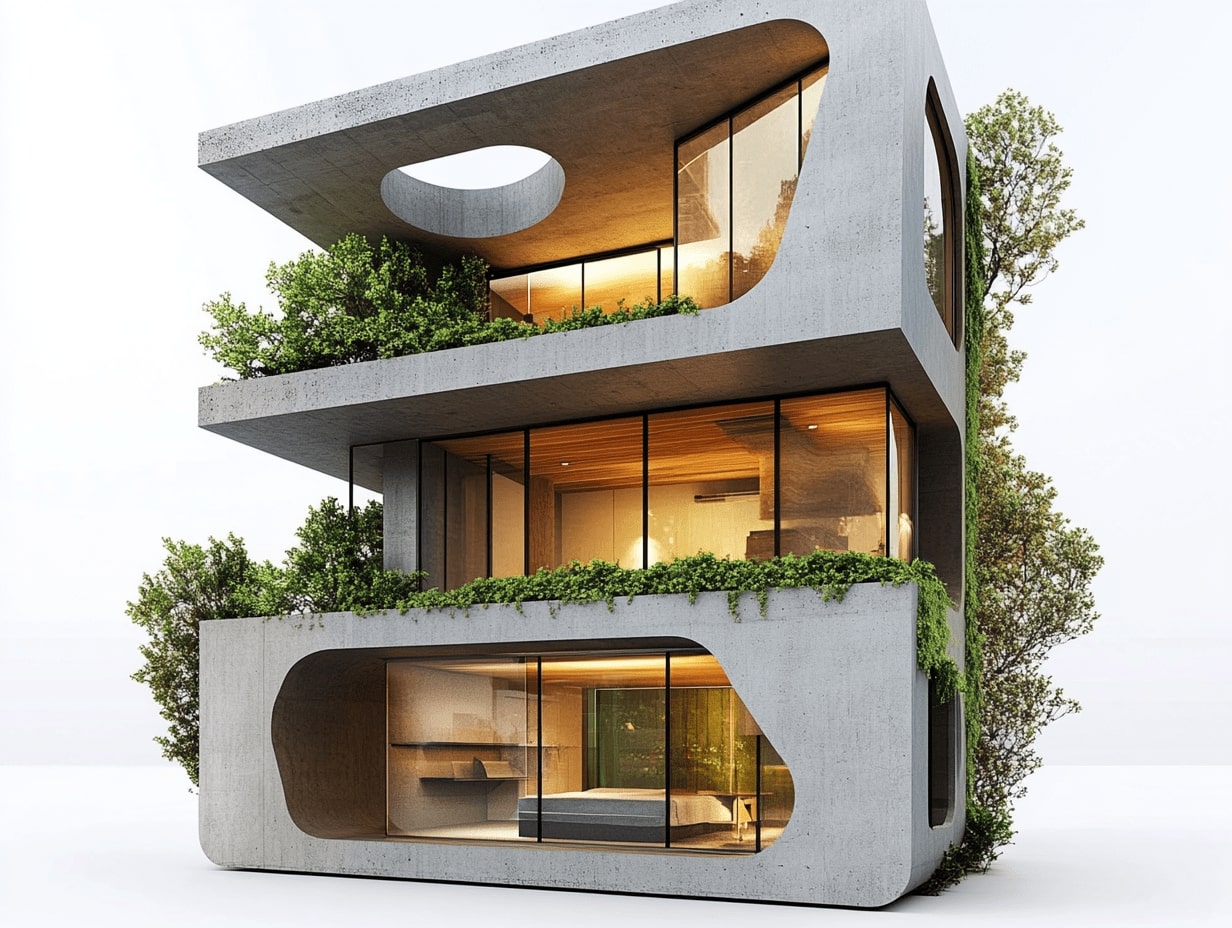
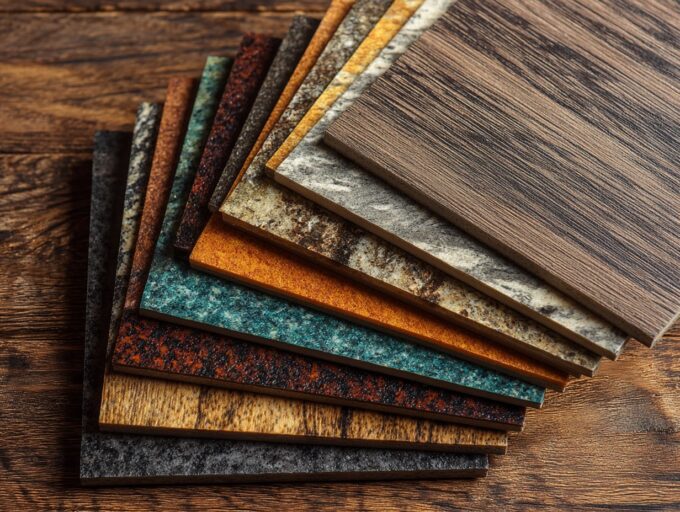
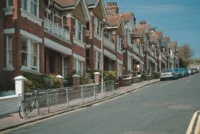
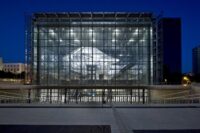


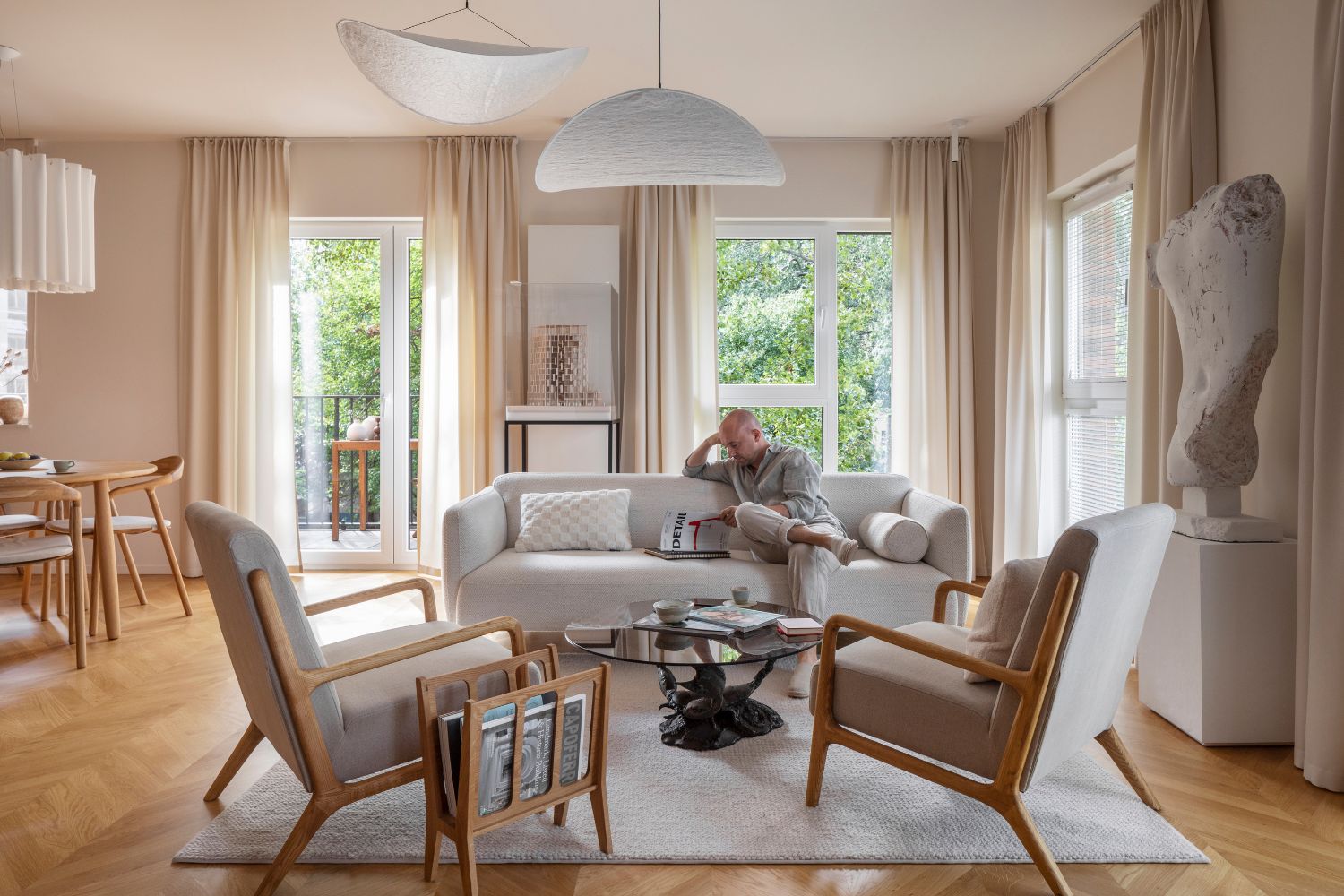
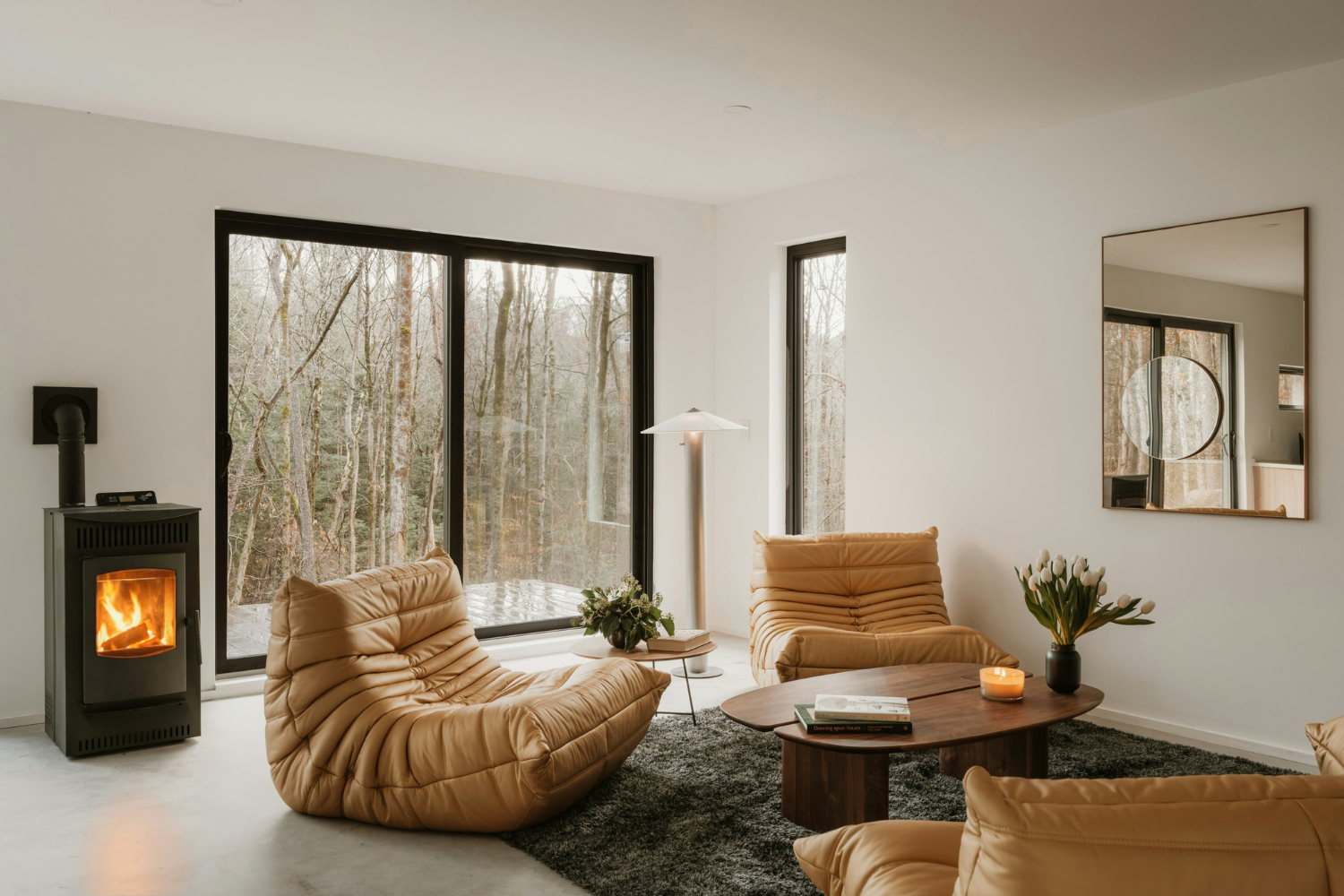
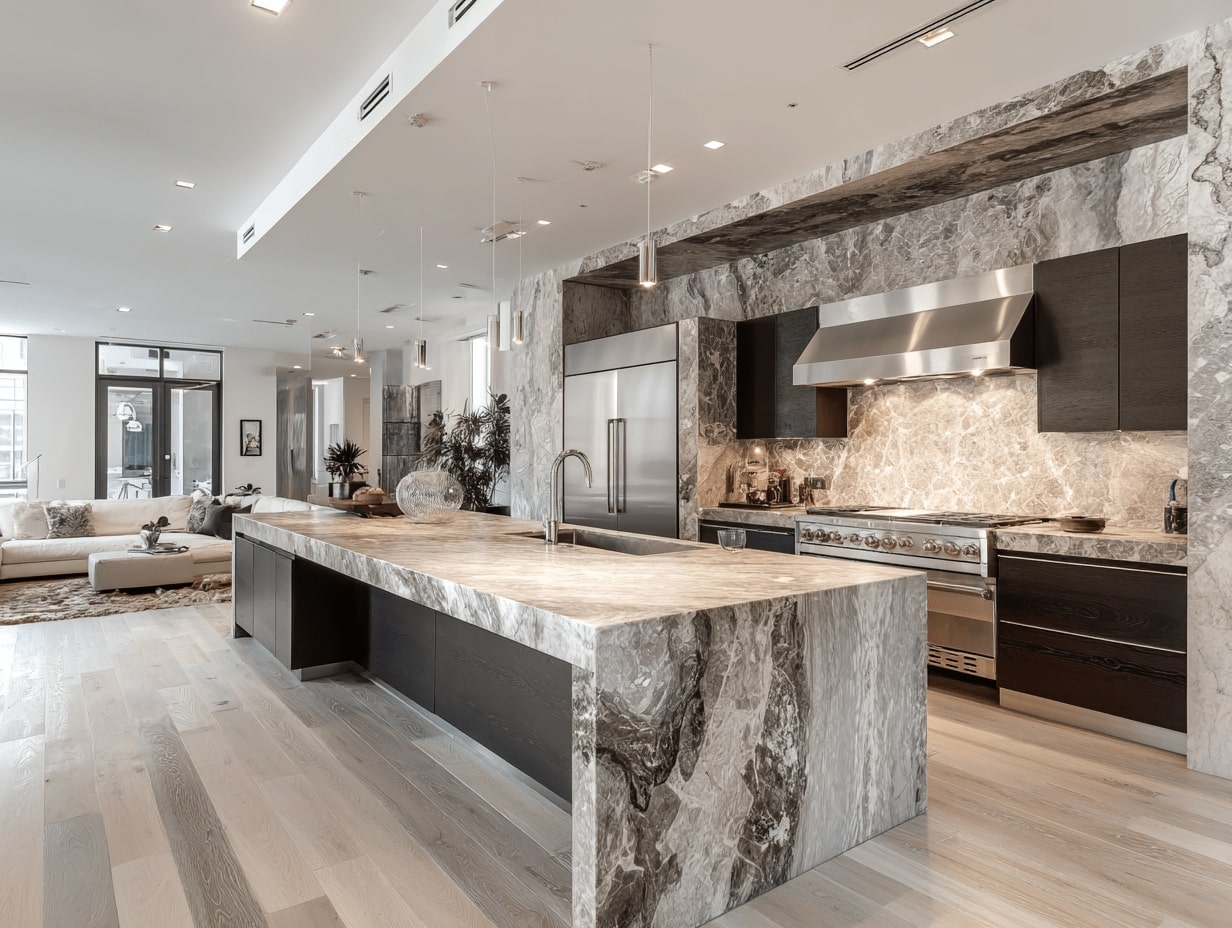
Leave a comment